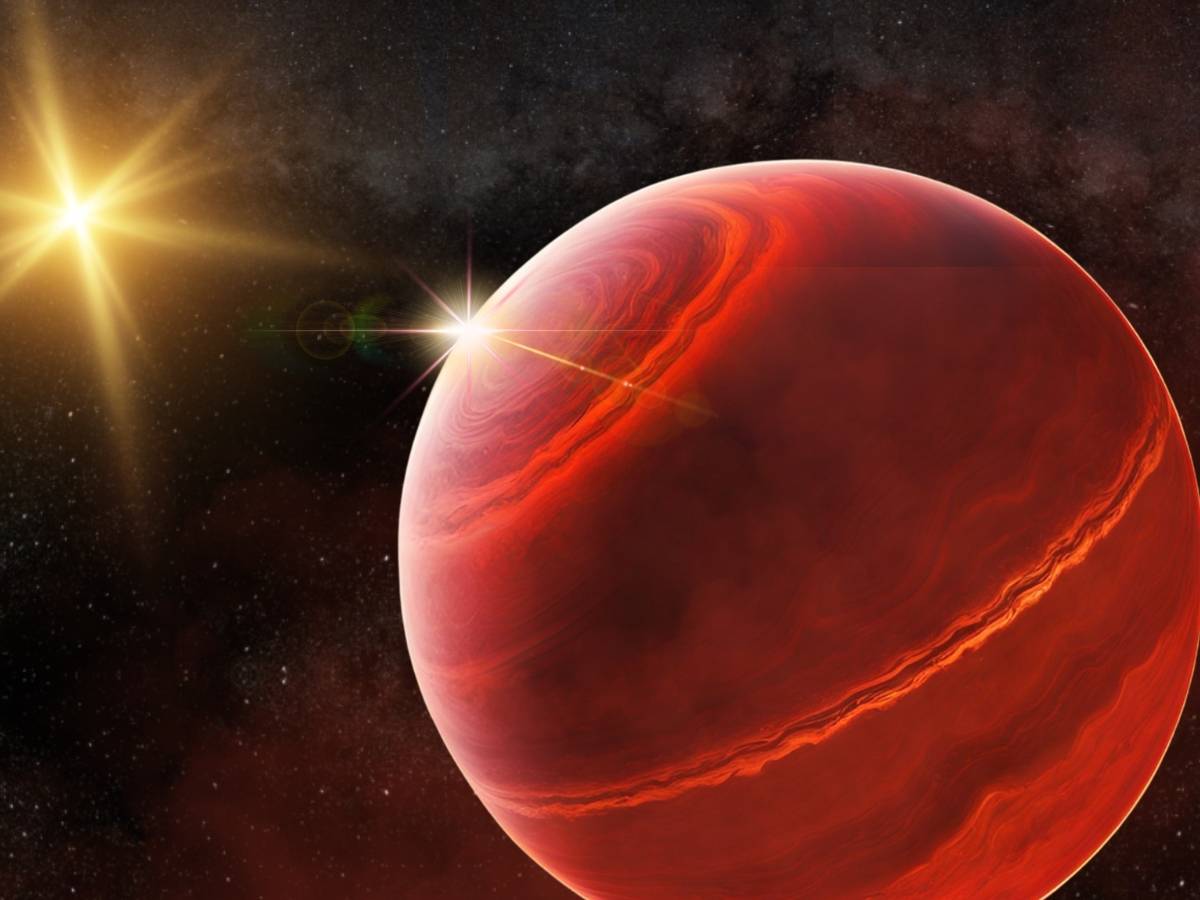NASA scientists made a historic discovery of a gargantuan exoplanet known as Kepler-139f (pronounced “Kepler-one-thirty-nine-f”). The Kepler-139 star system consists of Kepler-139f and a companion star. The exoplanet is almost double the mass of Neptune and approximately 36-times as massive as Earth, and had likely been orbiting for millions of years before the new discovery.
The new discovery is also a “Super-Earth” as the exoplanet orbits a star of the G-type, similar to our sun. The exoplanet orbits its star once every 355 Earth days. The observation of Kepler-139f was dated in 2025 marking a new era in the study of planetary systems outside of our own (Space.com).
Why Did It Hide So Long?
Even though Kepler-139f is back-breaking big, it has not been on your planet’s radar screen until now; what is going on? In actuality, Kepler-139f has substantial mass. However, Kepler-139f’s forgettable orbital positioning allowed it to remain invisible. The exoplanet did not orbit in the plane that moved between its host star to Kepler Space Telescope. As a result, each time that Kepler-139 had an observable transit (for instance, due to orbit), it was impossible to observe using traditional transit techniques.
NASA’s Kepler Space Telescope relies on the transit method, which identifies planets by spotting minor dips in a star’s brightness when a planet crosses in front of it. But this technique only works if the planet’s orbit aligns just right with our view from Earth.
Narrow View, New Techniques
The Kepler telescope’s field of vision is narrow, so many planets orbiting slightly out of view remain hidden. However, some of these planets give themselves away by their gravitational effects on visible planets or their parent stars.
That’s where advanced techniques like radial velocity (RV) and transit timing variations (TTVs) come into play. These methods help scientists measure a planet’s influence on its surroundings even when the planet itself isn’t directly seen.
RV helps astronomers measure how much a planet tugs on its star, allowing them to estimate its mass. In fact, this is how the team earlier discovered the outer gas giant Kepler-139e. Meanwhile, TTVs track irregularities in a known planet’s transit times, which can hint at the presence of an unseen neighbor.
The Hunt Behind the Scenes
The recent discovery was led by researchers Caleb Lammers and Joshua Winn, both co-authors of the study, and scientists affiliated with Princeton University and NASA’s Kepler team. They searched for transit timing anomalies that could not be explained by the known planets in the system.
Lammers said, “When you see TTVs that can’t be attributed to the known planets, you’re pretty confident there is hidden mass in the system.”
The researchers used both RV and TTV data in the search and revisited measurements made in a prior study of Kepler-139e that was published in 2023. After thoughtfully reanalyzing their measurements, their efforts ultimately led to the discovery of Kepler-139f.
ALSO READ: ISRO-NASA’s NISAR Satellite To Launch On July 30: All You Need To Know







